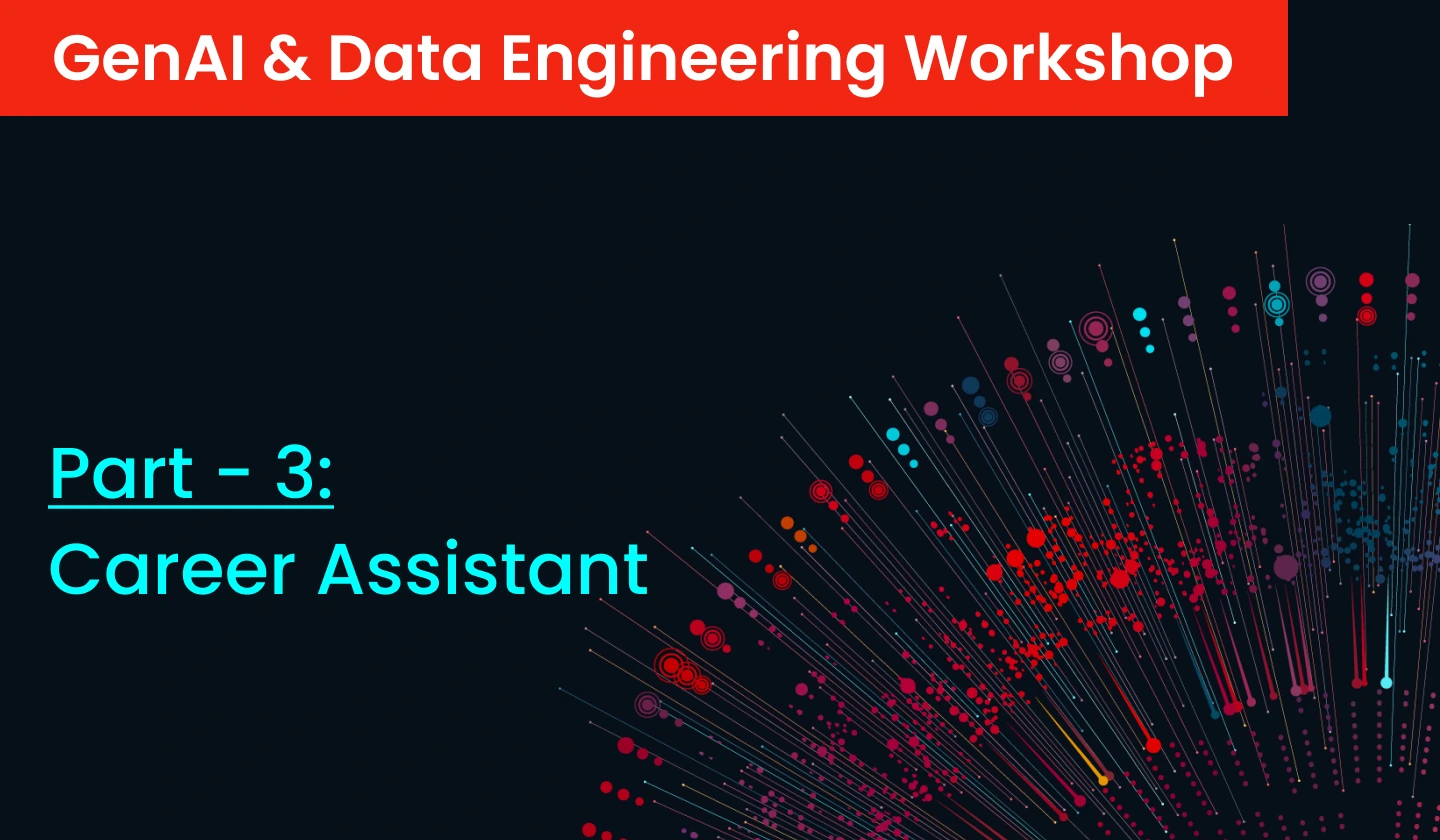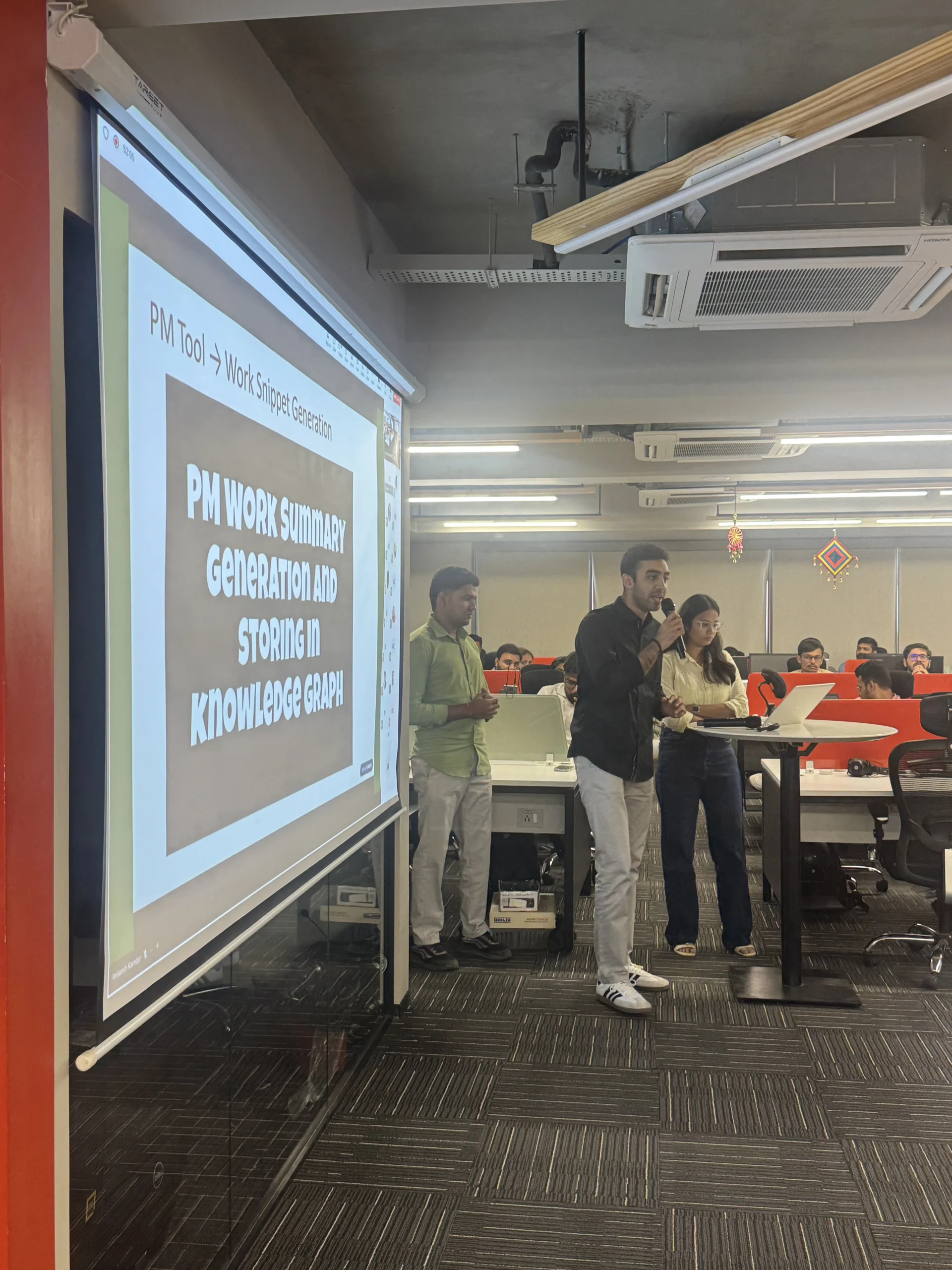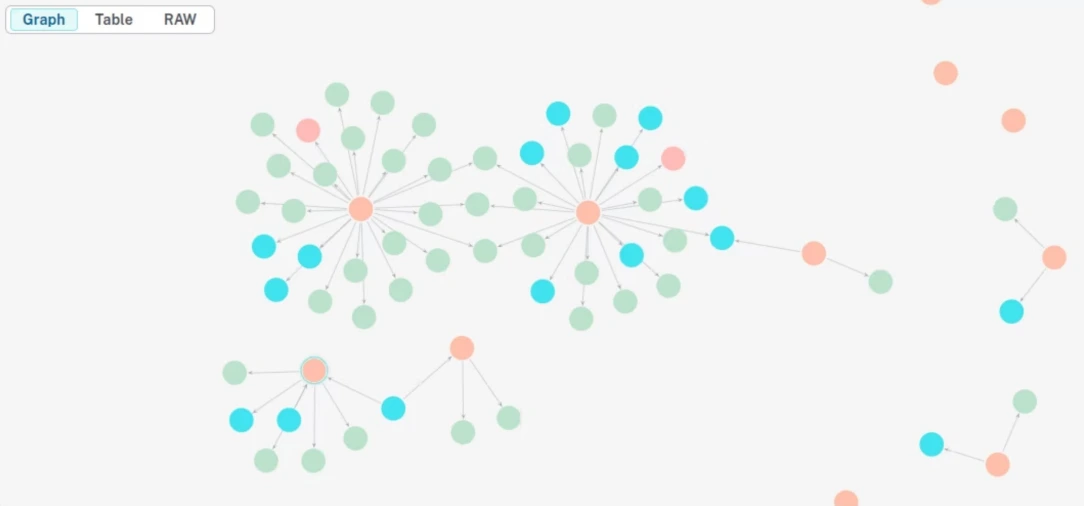Prompt 4: Peer Connection & Expert Matching
Peer Connection
varprompt=$@”
You are an AI matchmaking assistant for a learning platform.
Given the following {type}s who are working with {technology},
rank them by who would be the best matches for someone learning {technology}.
Consider their:
– Skills
– Experience level
– Role
Collaborators: {collaboratorsJson}
Return ONLY a JSON object with this structure:
{
“rankedIds”: [array of collaborator IDs in order from best to worst match],
“reasoning”: “Brief explanation of the ranking criteria”
}
”
Expert Matching
varprompt=$@”
You are a Senior Technology Career Advisor.
Analyze this developer’s profile and provide personalized learning recommendations.
DEVELOPER PROFILE:
– Name: {user.GetProperty(‘name’).GetString()}
– Current Domain: {currentDomain}
– Experience: {experience} years
– Current Skills: {string.Join(‘,’, skills)}
– Learning Interests: {string.Join(‘,’, domains)} (domains), {string.Join(‘,’, technologies)} (technologies)
TASK:
Based on their profile, suggest:
1. 3–5 complementary domains they should explore (including their selected ones)
2. 4–6 technologies they should learn (including their selected ones)
3. A brief reasoning (2–3 sentences) explaining why these recommendations fit their career trajectory
Respond ONLY in this JSON format:
{
“domains”: [“domain1”, “domain2”, “domain3”],
“technologies”: [“tech1”, “tech2”, “tech3”, “tech4”],
“reasoning”: “Your detailed reasoning here explaining the strategic fit.”
}
”
This mechanism helps identify peer learners (colleagues learning the same technology) and connects them instantly through Microsoft Teams integration.







 3 mins
3 mins











 Talk to Our
Consultants
Talk to Our
Consultants Chat with
Our Experts
Chat with
Our Experts Write us
an Email
Write us
an Email





